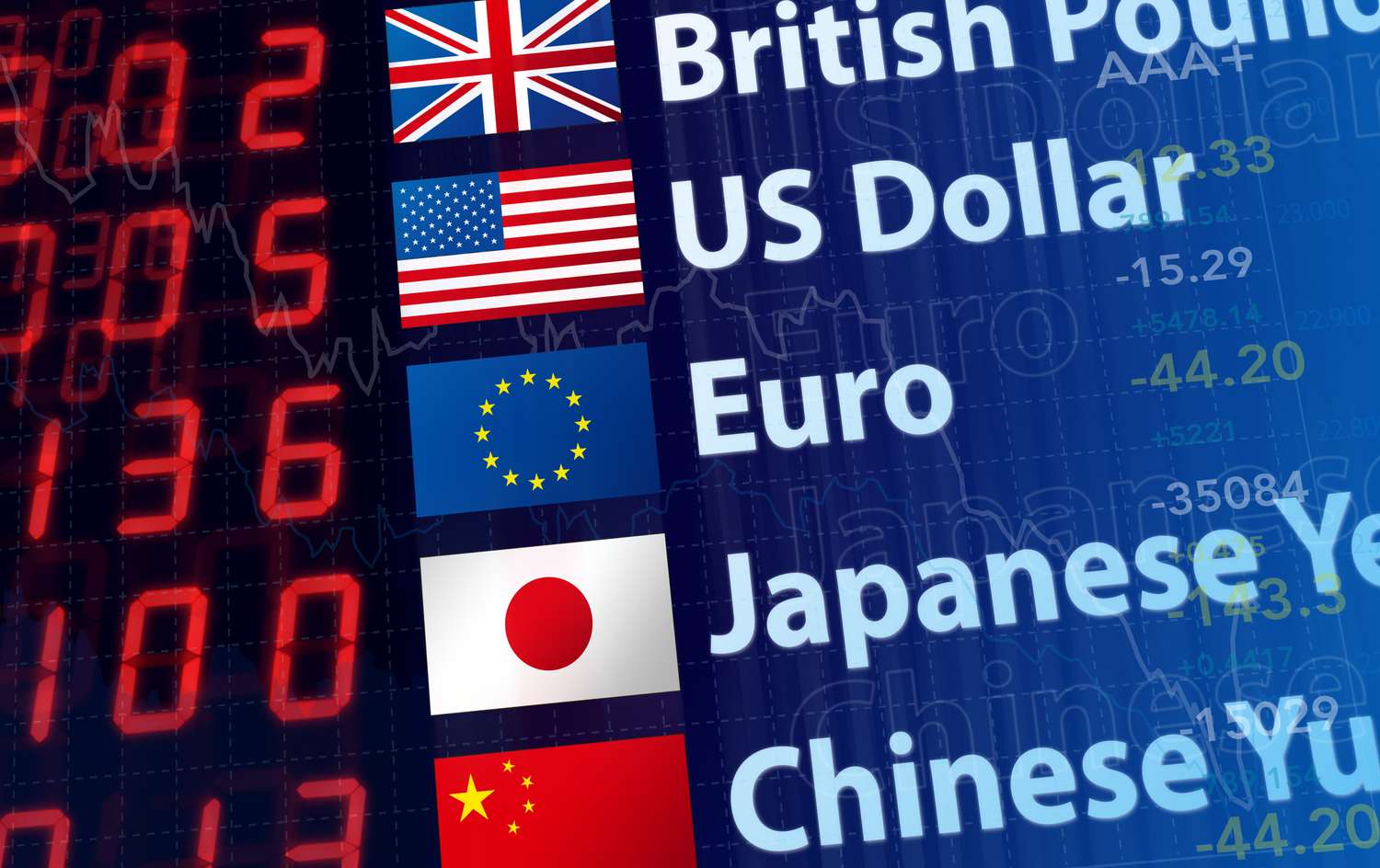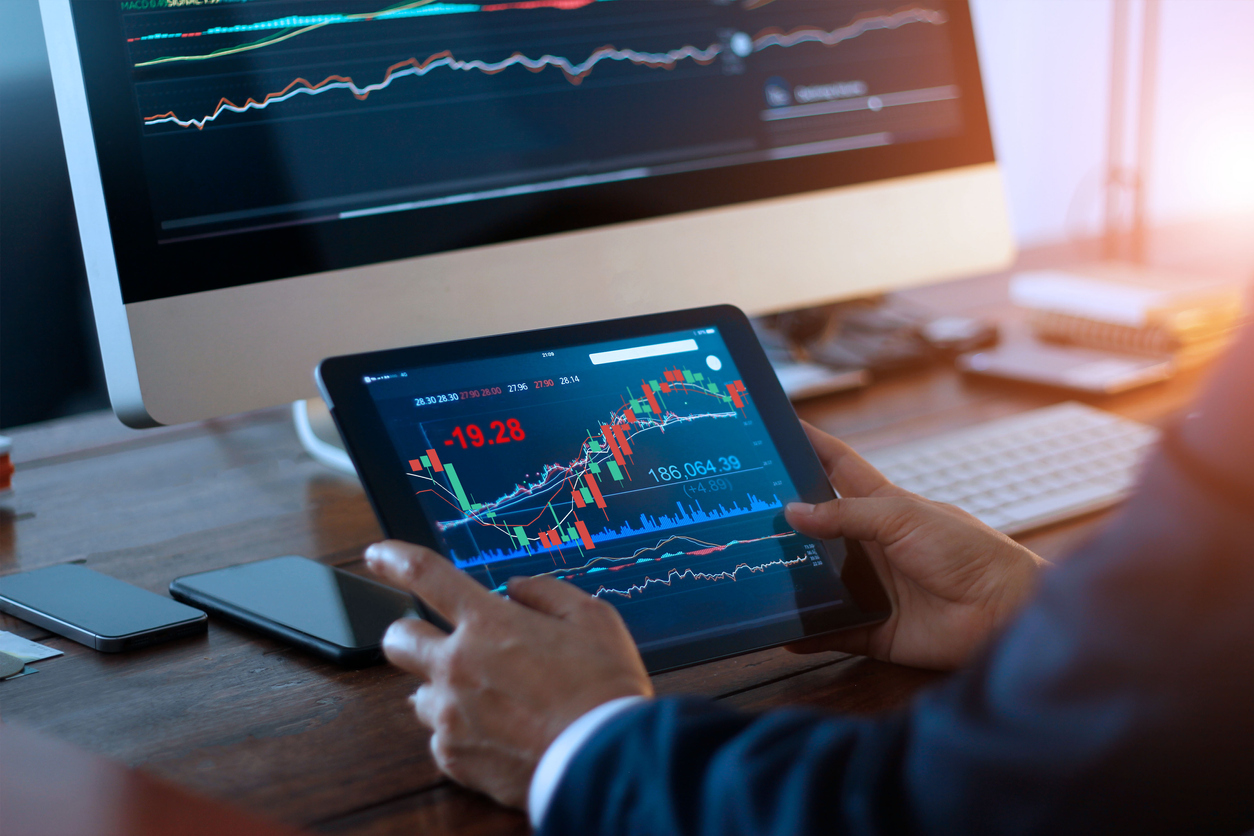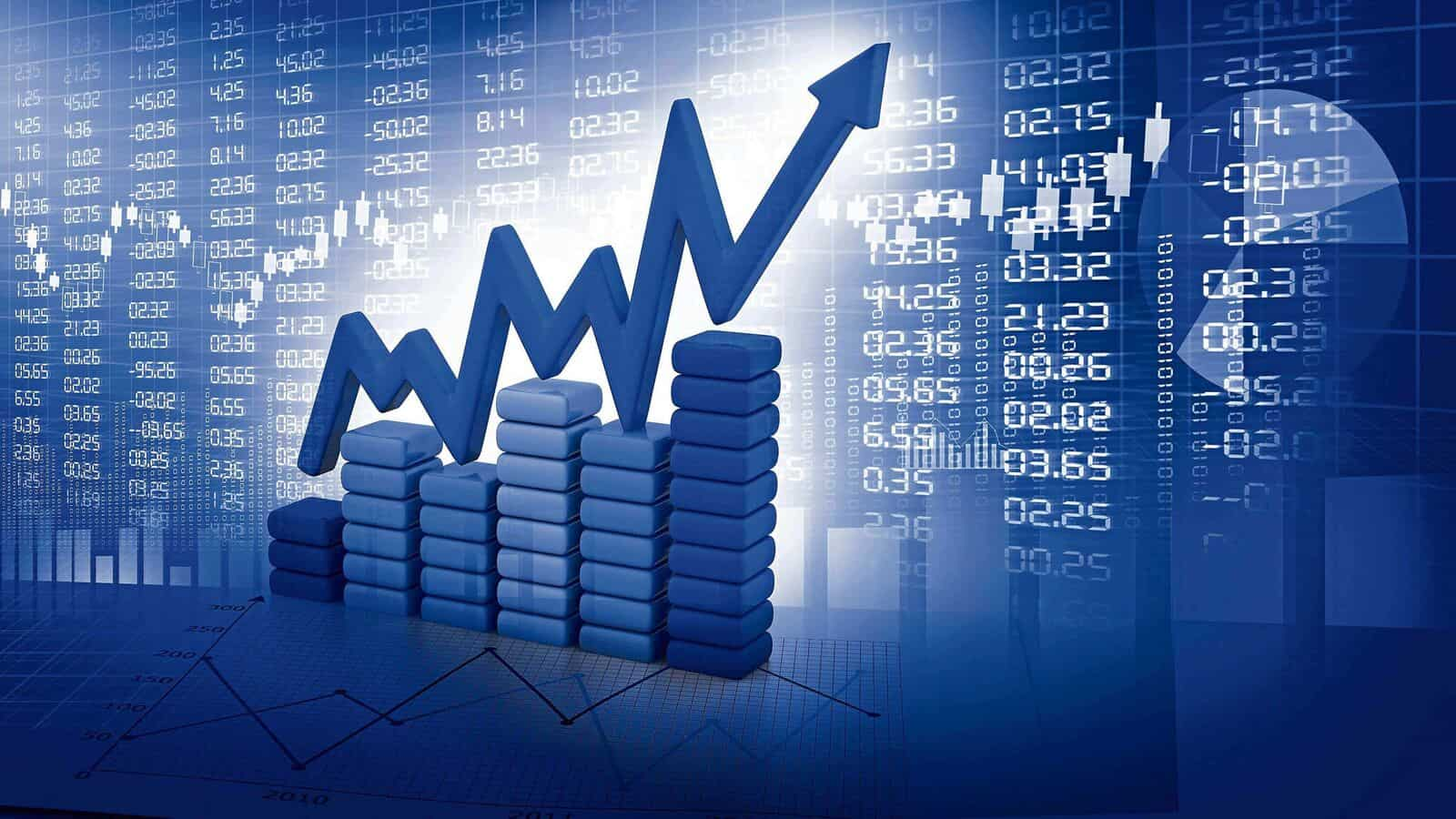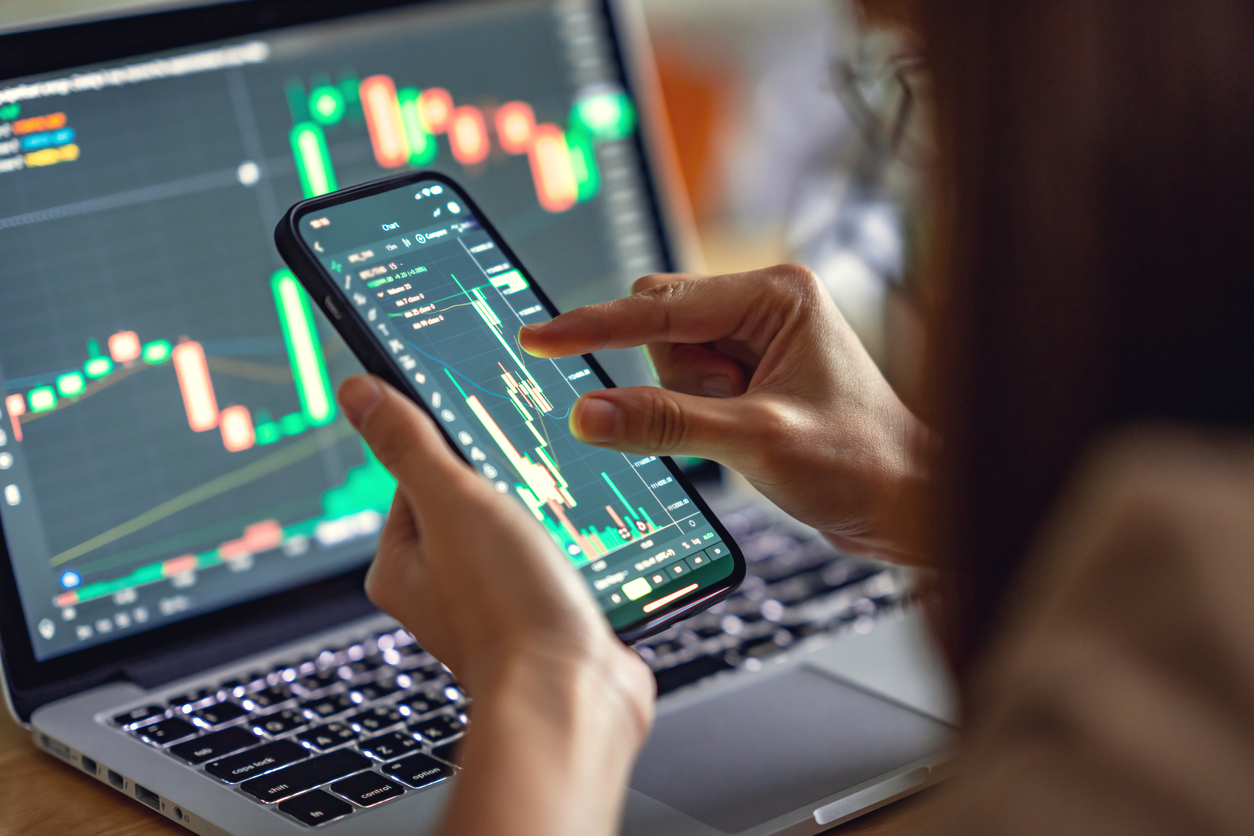In the world of forex trading, precision and accuracy are paramount. Whether you’re an experienced trader or just starting your journey, having the right tools at your disposal can make all the difference. One such indispensable tool is the Forex Currency Calculator. In this article, we will delve into the world of forex currency calculators, exploring what they are, how they work, and why they are essential for traders.
What is a Forex Currency Calculator?
A Forex Currency Calculator, often simply referred to as a forex calculator or currency converter, is a digital tool that enables traders to convert one currency into another at the current exchange rate. This tool can be found on various financial websites, trading platforms, and mobile apps, making it easily accessible to traders around the globe.
How Does a Forex Currency Calculator Work?
At its core, a forex currency calculator works by fetching real-time exchange rate data from various sources, such as central banks, financial institutions, and forex market data providers. It then performs the necessary calculations to convert one currency into another based on the entered amount.
Here’s a simple step-by-step breakdown of how a forex currency calculator works:
- Currency Selection: Users start by selecting the currency pair they want to convert. For instance, if you’re looking to convert US Dollars (USD) into Euros (EUR), you would select the USD to EUR currency pair.
- Input Amount: You input the amount of the base currency (in this case, USD) that you want to convert. The calculator will then use the real-time exchange rate to determine the equivalent amount in the target currency (EUR).
- Real-time Exchange Rate: The calculator retrieves the latest exchange rate for the selected currency pair from its data source. Exchange rates fluctuate constantly due to various economic factors, so having access to up-to-date rates is crucial for accurate conversions.
- Display Results: The forex currency calculator displays the converted amount in the target currency (EUR) based on the entered amount of the base currency (USD). It also often provides a historical chart of exchange rate fluctuations for reference.
Why is a Forex Currency Calculator Essential for Traders?
- Precision and Accuracy: Forex trading involves significant financial investments, and even slight errors in currency conversions can lead to substantial losses. Forex currency calculators provide precise and accurate conversion rates, helping traders make informed decisions.
- Real-time Information: The forex market is highly dynamic, with exchange rates changing rapidly. Currency calculators provide real-time exchange rate data, ensuring that traders always have access to the most up-to-date information.
- Risk Management: Effective risk management is a cornerstone of successful trading. Currency calculators help traders calculate potential profits or losses in their preferred currency, allowing them to set stop-loss orders and take-profit levels with greater confidence.
- Diverse Use Cases: Forex currency calculators are not limited to just currency conversion. They can also be used for various trading-related calculations, such as position sizing, margin requirements, and pip value calculations.
Conclusion
In the world of forex trading, where precision and timeliness are everything, a Forex Currency Calculator is an invaluable tool. It empowers traders with the ability to make informed decisions, manage risk effectively, and navigate the dynamic forex market with confidence. Whether you’re a novice or an experienced trader, incorporating a forex currency calculator into your trading toolkit is a wise decision that can significantly enhance your trading experience. So, the next time you’re planning a forex trade, make sure to have a reliable forex currency calculator at your fingertips.





